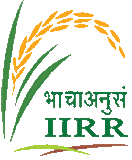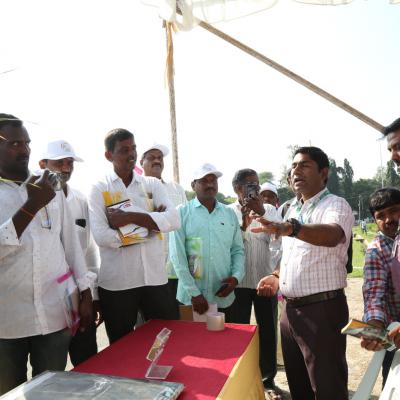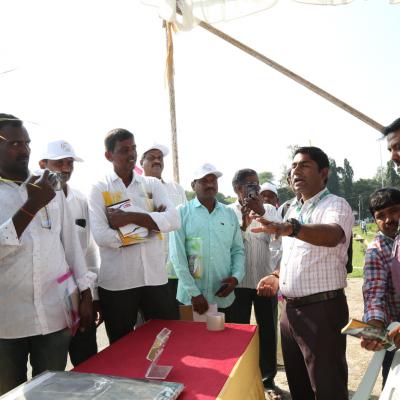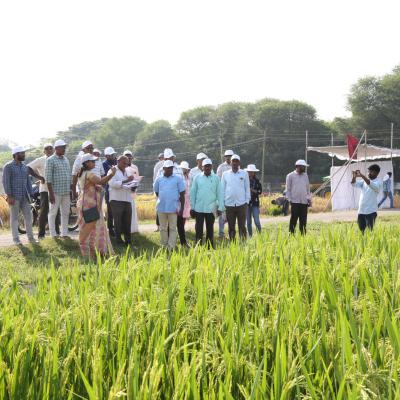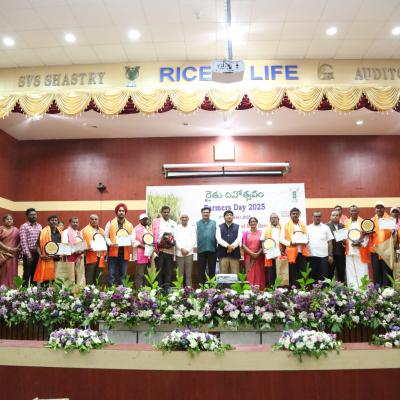Alternate wetting and drying method of Irrigation for rice to enhance the productivity and water use efficiency
Technology Profile
Irrigated rice occupies 50% area and contributes nearly 70% to total rice production of the country with an average yield of 3.1 t/ha. India’s food security largely depends on irrigated rice which consumes nearly 50- 60% of our finite fresh water resources. Flooded rice requires 900-2250 mm of water (average 1500 mm) depending on the water management, soil and climatic factors.
- Rice requires about 3000-4000 lts for producing 1 kg of grain
- AWD is also called ‘intermittent irrigation’ or ‘controlled irrigation’
- Alternate flooding Compared with the traditional continuous flooding system, AWD using lowland rice cultivars can reduce water input by 15-30% without any yield loss
- It can be practiced with Bouman’s tube .
Context
Need – Water saving is must in rice as it consumes > 50% of irrigation water of crops
Existing practices- Flooding the field and inundation of 5-10 cm in the feild requires more than 1500mm ha
Potential losses: Water loss, Nutrient losses, soilpollution, reduced productivity
Areas: In all rice growing areas in Telangana and Andhrapradesh especially borewell irrigated area where controlled irrigation is practiced
Empirical Evidences
Demonstration yields and incomes
- AWD is also called ‘intermittent irrigation’ or ‘controlled irrigation’
- Alternate flooding Compared with the traditional continuous flooding system, AWD using lowland rice cultivars can reduce water input by 15-30% without yield loss

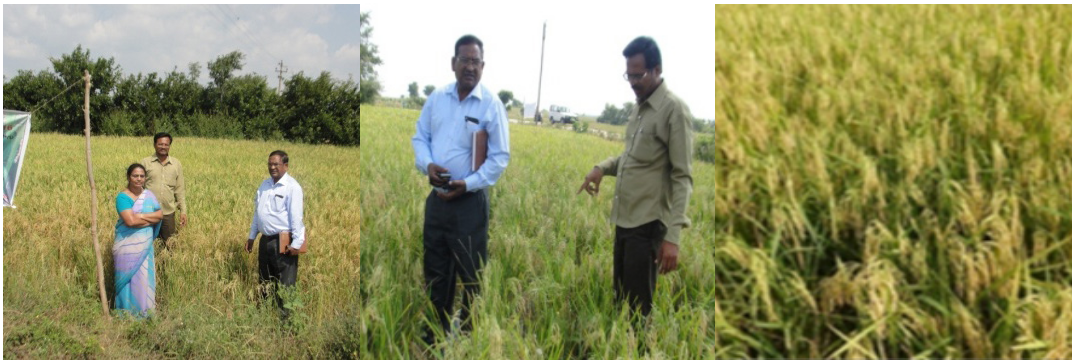
Practical utility/Scalability
- Saving in 30% of water input
- Enhancing the water productivity
- Reduced incidence of pests and diseases
- Increase in productivity
- Very easy to scale up
- More than 500 farmers adopted it and found promising
